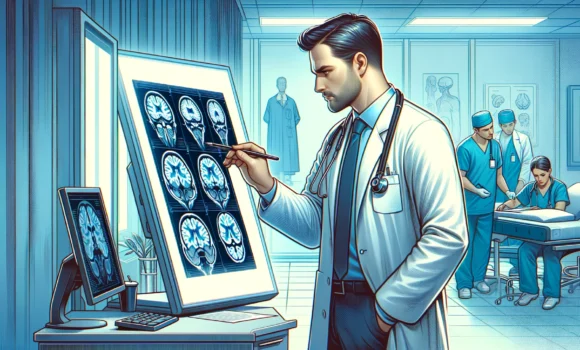Quadriplegia vs. Paraplegia

Understanding Spinal Cord Injuries
Spinal cord injuries are the result of a sudden blow or cut to the spine. The consequence can be severe damage to the vertebrae, ligaments, discs of the spinal column, or the spinal cord. Sadly, spinal cord injuries are permanent and cannot be reversed. In the most severe spinal cord injury cases, devastating life-long complications are the result, including paralyzation. Here’s what you need to know about paralysis and spinal cord injuries.
What is Paraplegia?
Paralyzation in the lower half of the body is called paraplegia and can cause mobility issues requiring a wheelchair. Although symptoms can be managed through specific therapies and treatments, there are still lifelong challenges someone with paraplegia may face, including but not limited to the following:
- No feeling or sensation in the lower half of the body
- Impaired mobility
- Chronic or intermittent pain in the lower body
- Chronic pain
- Sexual dysfunction
- Bladder and bowel dysfunction
- Bedsores, skin problems
- Weight gain
While rare, a person with paraplegia may also have autonomic dysreflexia. This is an abnormal response that occurs when the body is experiencing pain or discomfort below the spinal cord injury levels and may include:
- Changes in heart rate
- Sweating excessively
- High blood pressure
- Muscle spasms
- Changes in skin color ( paleness, redness, or bluish-gray skin)
What Is Quadriplegia?
Also known as tetraplegia, quadriplegia is paralyzation from the neck down. Quadriplegia is one of the most severe and disabling forms of paralysis. People with quadriplegia have little to no control over body function. Typically, they must depend on others to assist with their care through the course of their lives. The long-term effects of quadriplegia may include:
- Loss of feeling or numbness in the arms and legs.
- Paralysis of the arms, legs, and torso muscles
- Breathing difficulties and respiratory problems. In some cases, assisted breathing devices may be needed.
- Bladder and bowel dysfunction
- Sexual dysfunction
- Bedsores
How to Get Help After Sustaining a Spinal Cord Injury
Sustaining a spinal cord injury that results in paralysis is a life-altering and devastating experience. When you don’t know where to turn for help and support help after such a traumatic incident, it can compound your uncertainties. We are here to help you get through a difficult time.
Serious injuries need strong attorneys. Our lawyers are skilled and experienced in protecting the rights of the injured. We are passionate about advocating for individuals who have suffered severe injuries due to another’s negligence. We’ll be on your side throughout the process to ensure you receive the most successful outcome possible.
Contact today at (417) 887-4300. When it comes to complex legal matters, we’ll guide you every step of the way.
Tell Us About Your Case
Contact us today at (417) 887-4300 or online to arrange your free case evaluation. Our Experienced Trial Attorneys will walk you through your legal options.


